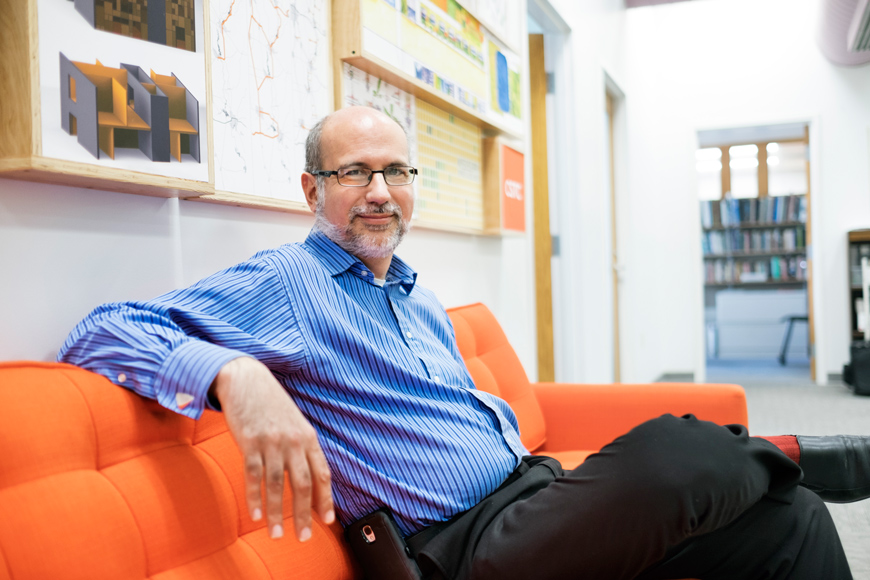
How architecture looks is only a small part of its purpose, Mississippi State associate professor John Poros said. How it impacts people’s lives is of much greater consequence.
As director for the Carl Small Town Center at Mississippi State, Poros leads a team that includes an assistant director and roughly a dozen undergraduate students in the College of Architecture, Art and Design in developing design service projects in rural communities across Mississippi. Not only do the projects improve aesthetics in those communities, Poros said, they are meant to improve functionality, quality of life and spur economic and cultural development.
“Architecture is changing,” Poros said. “You can’t just sit back in your office and expect commissions to come in. You have to go out and find problems, work with communities to identify priorities and funding, then use your design skills to address the issues. The center, as a whole, introduces students to that ideal.”
A graduate of Columbia and Harvard universities and an MSU faculty member since 1997, Poros assisted with Carl Small Town Center projects for more than a decade before becoming director in 2008.
The center’s work, which began more than 30 years ago, has gained a national reputation. Teams work on several design projects each year across the state, ranging from parks, plazas and public buildings to improvements to historic structures and even entire downtown districts.
In November, Poros accepted an invitation to the White House Convening on Rural Placemaking in Washington, D.C., where he shared stories of the center’s success with public sector officials on the national, state and local levels, as well as representatives of non-profit organizations. The event was co-sponsored by National Main Street Center and Projects for Public Spaces.
Now, he said he wants to widen the center’s reach, building a legacy as a leader in tackling issues of rural sustainability, transportation and regionalism. By improving public infrastructure, transportation and partnering with surrounding communities to draw economic development opportunities, he said Mississippi’s rural communities could greatly increase quality of life for their residents.
This mission is exactly what Poros had in mind when he chose architecture as a career.
“Before I ever went into architecture, I believed it was something meant to work for the public good,” he said. “I found an enormous culture here at Mississippi State for work that does just that.”